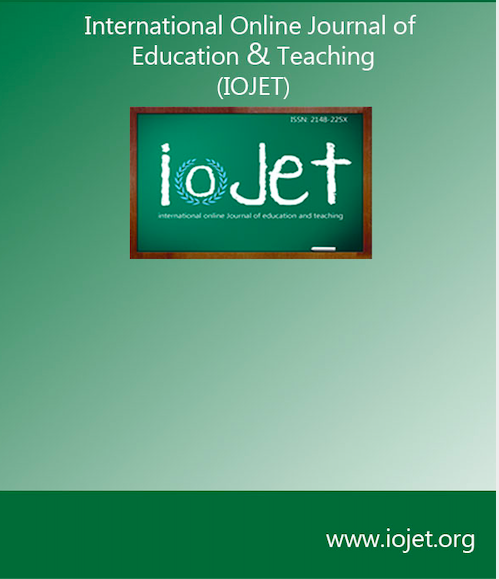METAPHORS ON THE NULL CURRICULUM
Main Article Content
Abstract
This research focuses on metaphors stated by prospective teachers regarding the concept of the null curriculum, and under which themes these metaphors were collected. The qualitative research method was applied within the research. The data were collected through metaphors. 173 prospective teachers participated in the study group determined through criterion sampling. In the research, as a data collection tool, "Null curriculum......... is like". Because ..................", an open-ended question pattern with fill-in-the-blank was applied. According to this pattern, each prospective teacher was asked to write a sentence. A total of 161 valid metaphor sentences were included within the scope of the analysis. As a result of the analysis, three themes emerged: The definition of the null curriculum, its structure, and its results. The most repeated metaphor was the metaphor of a puzzle with one piece missing. In the metaphors highlighting the tempting aspect of the null curriculum, especially the elements containing bad habits such as gambling, smoking, and junk food were mentioned. According to the perceptions of prospective teachers, this situation can be evaluated in the sense that overlooking a curriculum can make this situation usual and turn into a bad habit. It has been observed that the metaphors overlap with the null curriculum definitions in the relevant literature. It can be asserted that prospective teachers are aware of the null curriculum and generally express opinions that curricula should not be overlooked. It is recommended that future research should include studies aimed at identifying and eliminating the null curriculum issues, as well as application-oriented research.
Keywords: Metaphor, curriculum, null curriculum, prospective teacher
Article Details
Authors retain copyright to their work, licensing it under Creative Commons Attribution-NonCommercial-NoDerivatives 4.0 International License and grant the journal exclusive right of first publication with the work simultaneously and it allows others to copy and redistribute the work for non-commercial purposes, with an acknowledgment of the work's authorship and initial publication in IOJET and provided that no changes were made on the article.

